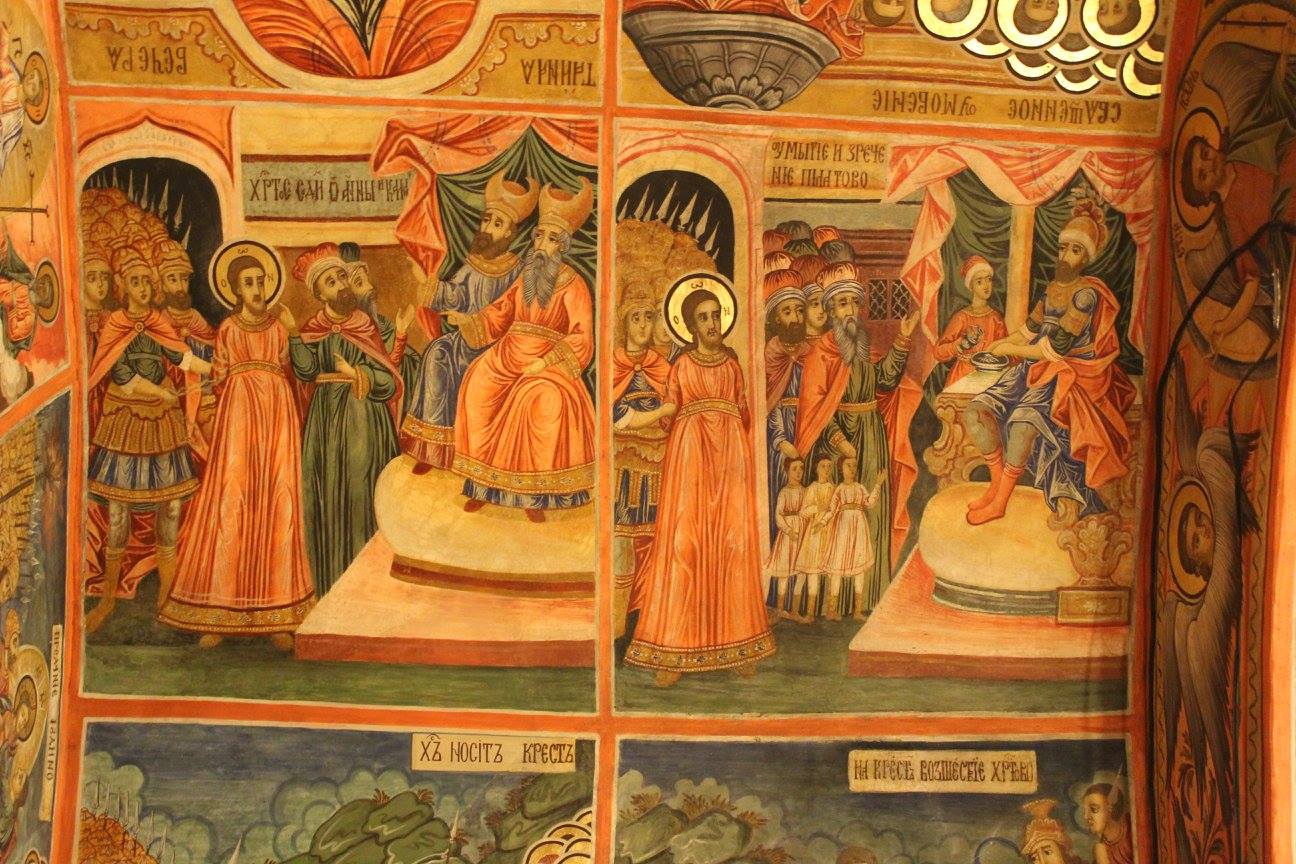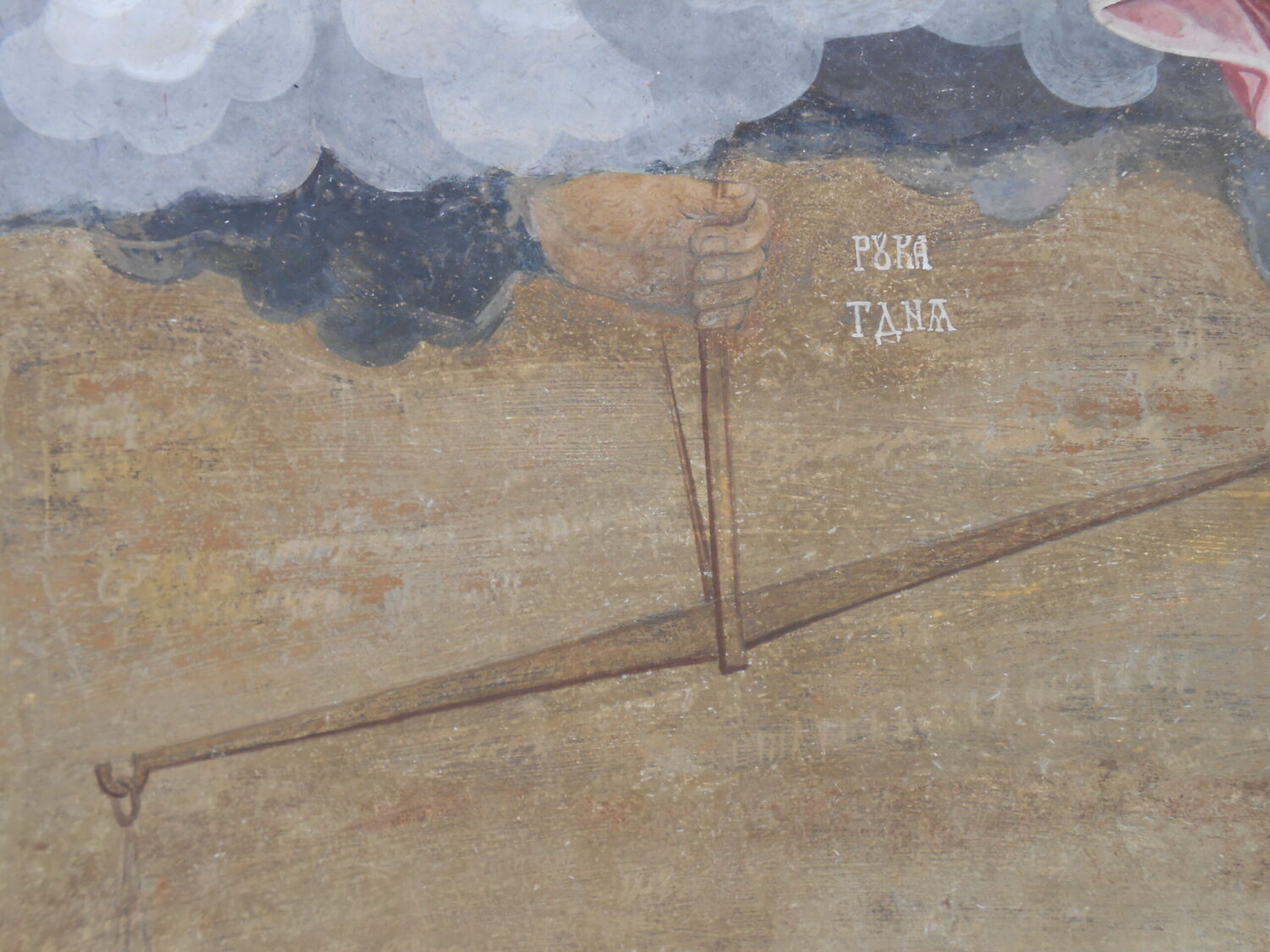
The scientists also found that the deterioration that develops within the joint might be slowed down by walking as exercise.
How walking can lead to healthier knees.
According to a recent study published in Arthritis & Rheumatology and conducted by Baylor College of Medicine researchers, walking may help people age 50 and older who have knee osteoarthritis, the most prevalent kind of arthritis, reduce frequent pain. Additionally, the study’s results suggest that walking for exercise might be a successful treatment for reducing joint deterioration.
“Until this finding, there has been a lack of credible treatments that provide benefit for both limiting damage and pain in osteoarthritis,” said Dr. Grace Hsiao-Wei Lo, assistant professor of immunology, allergy, and rheumatology at Baylor, chief of rheumatology at the Michael E. DeBakey VA Medical Center and first author of the paper.
The participants in the Osteoarthritis Initiative, a multiyear observational study in which they self-reported how often and for how long they walked for exercise, provided the data for the study. Participants who reported 10 or more occurrences of exercise starting at the age of 50 or later were categorized as “walkers,” whereas those who reported fewer instances were categorized as “non-walkers.”
Those who reported walking for exercise had 40% decreased odds of new frequent knee pain compared to non-walkers.
“These findings are particularly useful for people who have radiographic evidence of osteoarthritis but don’t have pain every day in their knees,” said Lo, who also is an investigator at the Center for Innovations in Quality, Effectiveness, and Safety at Baylor and the VA. “This study supports the possibility that walking for exercise can help to prevent the onset of daily knee pain. It might also slow down the worsening of damage inside the joint from osteoarthritis.”
Lo noted that additional health advantages of walking for exercise include improved cardiovascular health, a lower risk of obesity, diabetes, and some cancers, which are the main justifications for the Centers for Disease Control’s physical activity recommendations, first published in 2008 and updated in 2018. Contrary to medications, which sometimes have a hefty price tag and the chance of side effects, walking for exercise is a free activity with few side effects.
“People diagnosed with knee osteoarthritis should walk for exercise, particularly if they do not have daily knee pain,” advises Lo. “If you already have daily knee pain, there still might be a benefit, especially if you have the kind of arthritis where your knees are bow-legged.”
Reference: “Association Between Walking for Exercise and Symptomatic and Structural Progression in Individuals with Knee Osteoarthritis: Data from the Osteoarthritis Initiative Cohort” by Grace H. Lo, MD, MSc, Surabhi Vinod, MD, Michael J. Richard, BS, Matthew S. Harkey, Ph.D., Timothy E. McAlindon, MD, Andrea M. Kriska, Ph.D., Bonny Rockette-Wagner, Ph.D., Charles B. Eaton, MD, Marc C. Hochberg, MD, Rebecca D. Jackson, MD, C. Kent Kwoh, MD, Michael C. Nevitt, Ph.D. and Jeffrey B. Driban, Ph.D., 8 June 2022, Arthritis & Rheumatology.
DOI: 10.1002/art.42241
Lo was supported by K23 AR062127, an NIH/NIAMS-funded mentored award; this work was supported in part by resources at the VA HSR&D Center for Innovations in Quality, Effectiveness, and Safety (#CIN 13-413), at the Michael E. DeBakey VA Medical Center.














